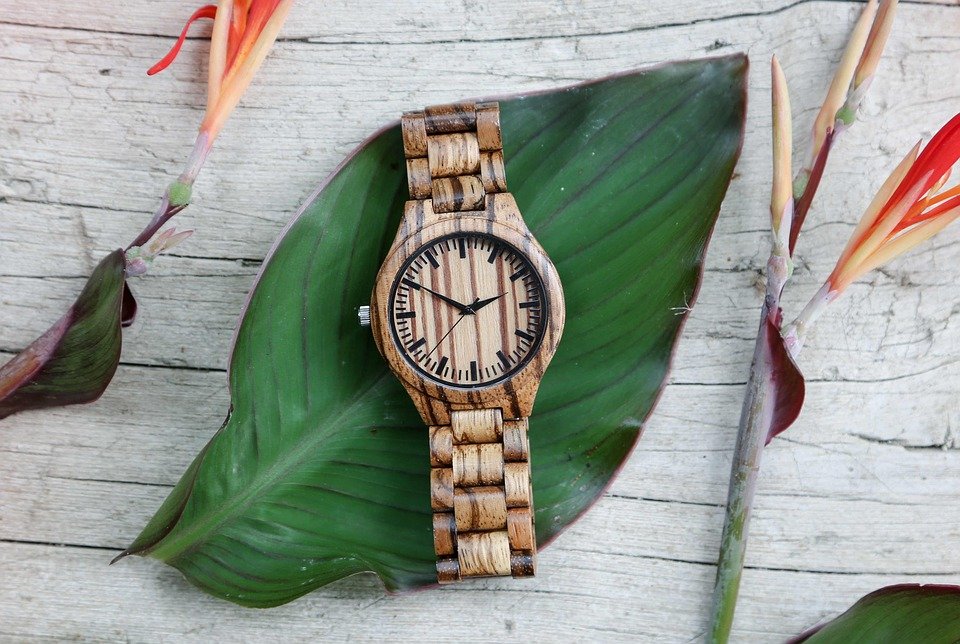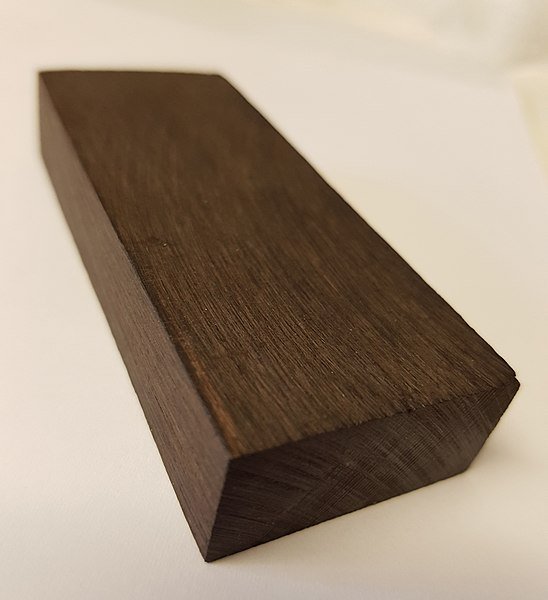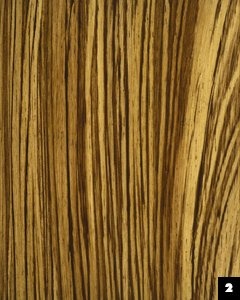Wrist watches are often made of a shiny material like gold or silver, and has a leather or metal strap. But if you’re allergic to both materials, it doesn’t mean you can’t wear a watch anymore. Wood watches are here to serve your time-telling needs. Not only are they stylish, they are also timeless, unique and eco-friendly.
There are several types of wood used to make watches, such as:
1. Maple
Maple is a highly durable wood commonly found in the Northeastern area of the United States. This tree grows very tall and is used for a lot of applications due to its stability and durability. This is also the reason why it’s an ideal material for an everyday timepiece because you don’t have to worry about damage. It can take a beating and still look great after years. The color of maple can span from creamy white, pale brown to light golden to reddish brown. The grain of the wood is fine and straight (sometimes wavy). It’s a high luster material and takes dark stains well.
2. Sandalwood

Sandalwood trees can be found all over the world and watches made of sandalwood can come in varying color tones such as brown, green, red and black. The different types of sandalwood trees give watches a distinct appearance, plus the grain of sandalwood is very unique. It’s typically straight, but it can sometimes appear wavy depending on the cut. Sandalwood watches are also beautiful because of its illustrious appearance. Sandalwood is also known for its distinctive fragrance and use as essential oil. Besides watches, sandalwood is also typically made into beads used as mala or prayer necklace/bracelet for different religions like Buddhism and Hinduism.
3. Rosewood
Featuring light and dark streaks like strokes of paint, rosewood has a beautiful grain that makes it a prized material. This richly hued wood varies from chocolate brown, reddish brown, light purple and light pink. It has medium to coarse texture and distinguishable diffuse pores. The wood is easy to work and has a flowery aroma. But because this wood is overexploited, this wood is becoming extinct and is now protected worldwide. It is very expensive and sources now can be questionable, so you may not find a lot of rosewood watches (and if you do, it may not be made of pure and legitimate rosewood).
4. Ebony
Ebony wood is known for its distinct black color and dark brown streaks. These trees are mostly found in East Africa and Southeast Asia. It’s one of the most expensive lumber material. The wood is high in density and saturated with natural oils – making it more difficult to work with – but its density is what makes it very durable and long-lasting. It’s a high luster wood that looks great as beads and as material for watches.
5. Teak
You can usually find teak made into furniture because it’s a beautiful and sturdy material to work with. It’s native to Southern Asia, but it can be grown in any plantation in tropical areas. The grain and texture of teak is uneven, which adds uniqueness to every piece made from it. Teak is rich in natural oils, but it doesn’t make it hard to work with, even with gluing. But despite being high in natural oils, it has low natural luster. Usually, teak comes in a light color, ranging from light brown to golden brown.
6. Bamboo
Of all the wood types, bamboo is the most eco-friendly and sustainable one, because it’s a fast growing plant. It’s not technically wood, but a hollow, hard grass that can grow up to 100 ft. tall. It’s a resilient plant, as it can grow back quickly once it is cut. Bamboo boards are actually stripes of bamboo glued together. Once it is complete, bamboo offers an incredibly smooth texture and naturally straight pattern. It comes in colors ranging from greenish brown, pale yellow to creamy white. It offers the lightest color tones among woods used for creating watches.
7. Zebrawood
The term “zebrawood” is used to describe several tree species that has a distinct blackish or brown streaks along a light brown or creamy hardwood, which vaguely resembles zebra stripes. These types of wood are native to Central America, Central and West Africa, while some can be found in Asia and the Pacific. It has a coarse texture and open pores. Its appealing color due to natural striping is the main reason why the wood is valued as a watch material. It
8. Vera wood
Vera wood comes from tree species found in South America and Central America, which is valued for its unique forest green, brown to almost black color. It has a dazzling natural luster, and when the wood is cut, it’s yellowish – it only gets darker with age. It’s a bit difficult to work with due to its high density and high oil saturation, but its distinct appearance and fragrance makes it a valued material when it comes to wood watches.







